Multi-string LED lighting system and four linear regulator problems
Prior to the invention of dynamically adjusting high-power linear regulators, LED electronics designers had two main options for configuring multiple LED strings:
Use a switching regulator to adjust each string separately; or use a series-parallel configuration to capture the luck.
Using a switching regulator to regulate each LED string (usually in a buck configuration) provides the highest level of flexibility for power supply fluctuations, LED stack voltage fluctuations, and fault protection. However, providing a switching regulator for each string can be costly and unnecessary when the forward voltage match between the LED strings is relatively good. In addition, placing the LED strings in series and parallel configuration requires a better matching of the forward voltage and dynamic impedance of each string, otherwise it will lead to severe string current mismatch problems and lower reliability. In addition, this need increases the cost of LEDs because of the need to implement forward voltage grading of the LEDs.
As an employee of Texas Instruments, we are constantly looking for ways to maintain or improve the performance of our LED lighting systems while reducing costs. Our family of high power linear regulator devices, the LM3463, LM3464, and LM3466, provide a low-cost, high-efficiency approach to ensure current matching between strings, solving the challenges of designing multiple strings of LED applications.
Another approach is to use a linear regulator to provide both a voltage-weight function that forces each string to achieve current matching and better fault protection. If the input supply is AC/DC or DC/DC and provides a constant voltage, the LM3463 and LM3464 LED drivers will be the best choice. However, if the input supply provides a constant current, the LM3466 is the best choice. A typical application schematic is as follows:
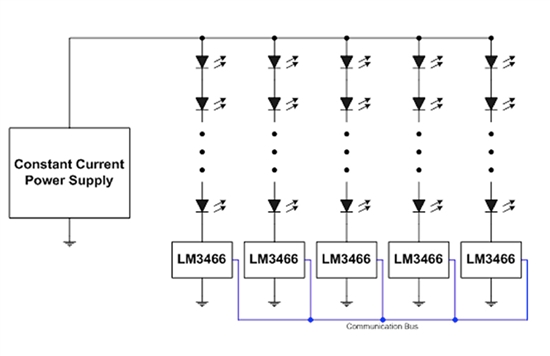
In this application, the LM3466 ICs can communicate with one another to ensure that the input current imposed by the constant current supply can be evenly distributed between strings. The linear regulator absorbs any difference in the forward voltage of the LED stack.
Question 1 — However, isn't the linear regulator inefficient?
The best answer is “sometimes, but not often.†Linear current regulators are only inefficient when the input and output voltages are not matched, but if the two voltages are close together, they are actually very efficient. All products in the range, including the LM3466, work perfectly, ensuring high efficiency. In fact, the conversion efficiency of a single linear stage is higher than most conversions based on switching regulators!
Question 2 - What is the fault protection?
Although LED reliability is increasing, we still need to focus on fault protection to ensure that the system is performing well in the event of a fault. All of our linear regulator-based solutions include open and short LED protection solutions to ensure reliable and safe operation. The complete product description is provided in the product data sheet for each device.
Question 3 – What if I want to provide different currents in different strings?
As long as the forward voltages of the strings are sufficiently close that they do not stress the linear regulator through excessive power dissipation. For LM3466-based systems, each circuit uses a programming resistor to determine the ratio between the strings. Therefore, the currents do not have to be equal as in the example discussed above. If the forward voltage difference of the LED string is too large, use a switching regulator.
Question 4 - I have multiple strings of two different types of LEDs that require different currents. Does this mean I can't use the LM3466?
Can be used, but with some limitations. For example, the circuit shown below supports a high-brightness white LED string with 500mA current and five red LED strings each requiring 100mA.
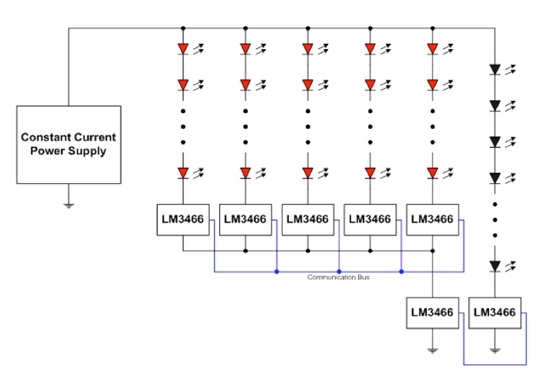
In this case, if the constant current supply supplies 1A, then each string of five color strings must equal 100mA, and the sum of the currents of the five strings must equal 500mA, which is equal to the high power white string.
The LM3466 provides a convenient, high-efficiency, low-noise, low-cost method to drive a wide range of multi-string LED configurations. Try the device and tell me how good it is. You can click here to view TI's complete portfolio of LED lighting products.
The splicing touch frame is an important part of the touch splicing screen system. Compared with other media propaganda carriers, the touch splicing screen reflects the extensiveness, intuitiveness, and fun of human-computer interaction and presentation, and has a strong visual impact. It has made a big step forward in the development of the touch industry. It is also a promoter of super-sized display integrated touch. The large-sized spliced touch TV display wall has involved schools, shopping malls, banks, digital exhibition halls, corporate exhibition halls, and government Institutions and military command can be equipped with digital content, interactive games, animation, 3D, VR, interactive audio and video, etc. It is an indispensable and effective application device for today's interactive large-screen demonstrations.
pictures show
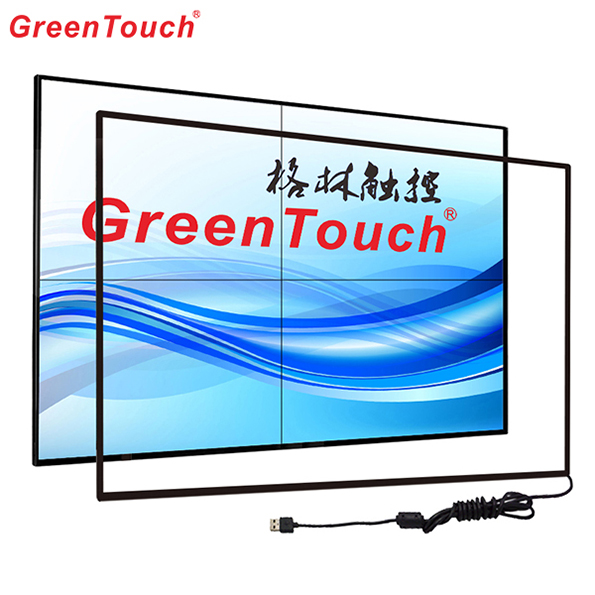
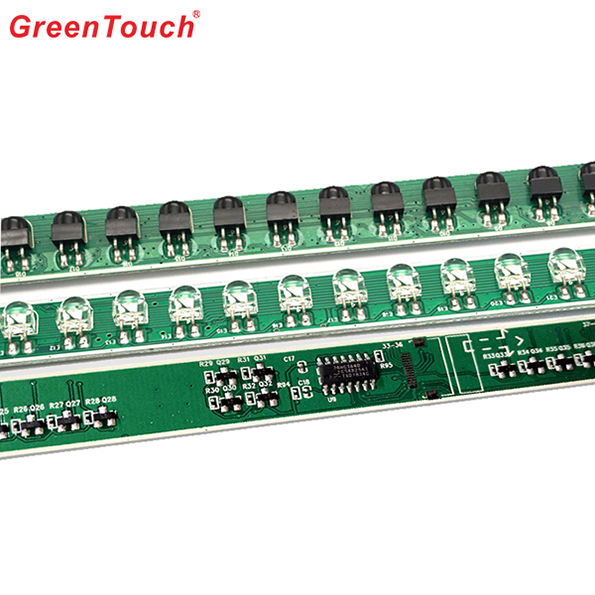
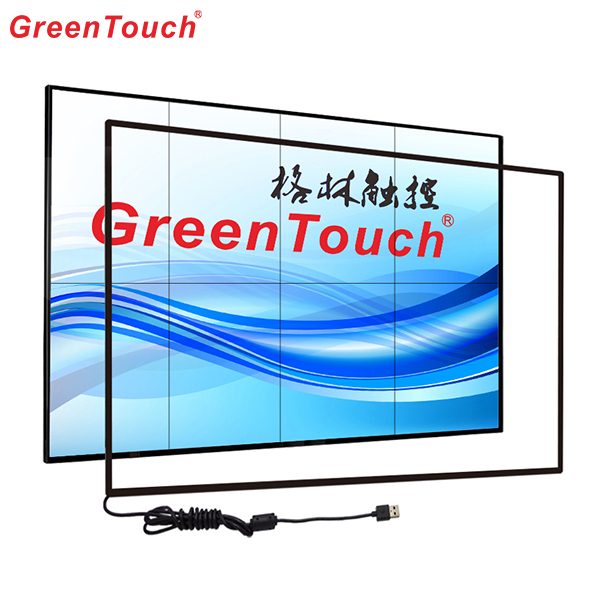
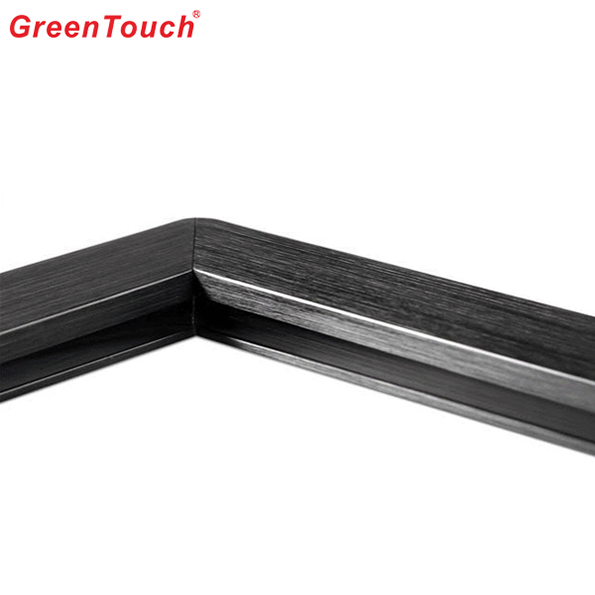


Large Infrared Touch Frame (Splicing)
Large Infrared Touch Frame,Large Splicing Infrared Touch Frame,Ir Multi Touch Frame,Led Touch Screen TV Wall,Large-size Infrared Touch Screen,LCD Touch Screen TV Wall
ShenZhen GreenTouch Technology Co.,Ltd , https://www.bbstouch.com
